TechRadar Verdict
Its operational idiosyncrasies aside, the Chord Mojo 2 is a brilliantly accomplished portable DAC, offering an engaging sound and lots of input options.
Pros
- +
Eloquent, engaging and endlessly listenable sound
- +
Extensive specs and lots of input options
- +
Can drive two pairs of headphones at once
Cons
- -
Staggeringly unintuitive interface
- -
A bit big and heavy to be a truly mobile device
Why you can trust TechRadar
One-minute review
Replacing a product that’s borderline iconic can’t be easy - which is maybe why it’s taken Chord Electronics seven years to replace its original Mojo DAC / headphone amp. And even though it’s taken an eternity, the process has been one of evolution rather than revolution - and it’s been extremely successful.
Yes, there are issues. Mojo 2 is, broadly speaking, the same size and weight as the product it replaces - which means it might not be your first choice for a portable DAC to use when you’re out and about. It’s a bit too bulky for that - and it has no wireless connectivity. Its control interface is, frankly speaking, a masterpiece of confusion and uncertainty.
However, it’s fair to say those issues are easily forgotten - all you need to do is hook a digital source into one end of Mojo 2 and some wired headphones into the other.
The Chord Mojo 2 is a brilliantly accomplished device, able to deliver all the musicality, all the detail, all the refinement and all the excitement hidden in what previously sounded like quite humdrum digital audio files. In pure performance terms, the Chord Mojo 2 almost constitutes a bargain.
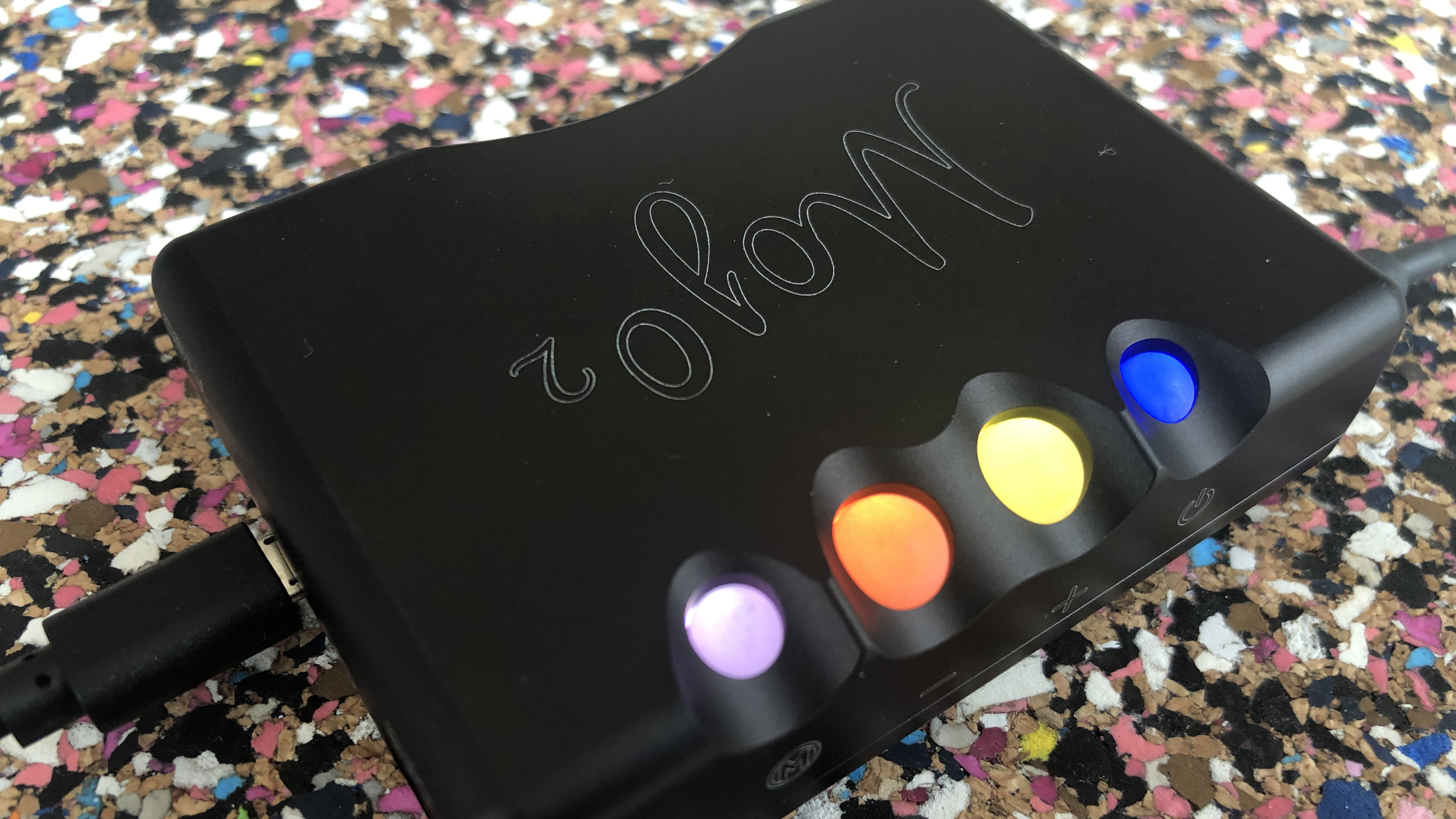
Chord Mojo 2 price and release date
- Released 31 Jan, 2022
- Available for £449 (about $600 / AU$860)
The Chord Mojo 2 is on sale now, and in the United Kingdom the asking price is £449. As yet there are no confirmed prices for either the United States or Australia (although they’re sure to be confirmed soon), but that price works out at around $600 and AU$860.
That’s not a huge amount more expensive than the $399 / £399 / AU$799 price for the original Mojo when it launched back in 2015. But - and Chord really only has itself to blame here - the market in mobile / desktop DAC / headphone amps like this has grown in all directions since then.
So, the Mojo 2 finds itself scrapping against some very well-regarded alternatives from the likes of Cambridge Audio, iFi, AudioQuest, Schiit and many more. That’s what you get for single-handedly redefining a product category, we suppose…
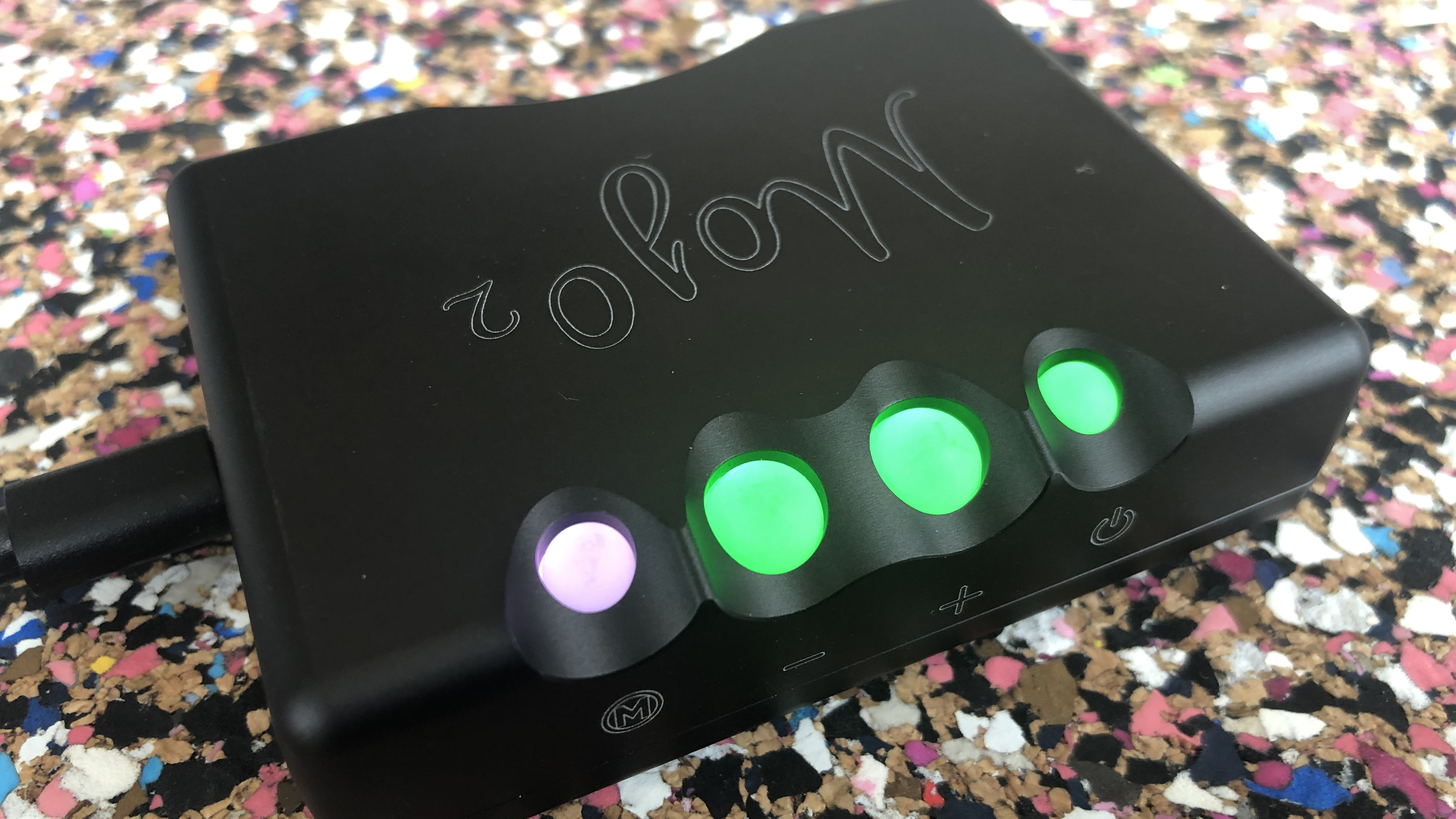
Design
- Looks and feels high quality and well made
- Adaptable and flexible in terms of specification
- Extraordinarily convoluted user interface
From its massive power amplifiers to its a relatively small DACs, there is a Chord Electronics ‘look’ that’s obvious from across the room.
Mind you, even though Mojo 2 is only 23 x 83 x 62mm and 185g, it’s still touch-and-go as to whether that makes it as usefully portable as the company seems to think. ‘Mobile Joy’ may be the derivation of its model name, but consider this: Mojo 2 needs hard-wiring to your smartphone, and it needs to be used with wired headphones. So you need to put your smartphone, your Mojo 2 and all related wiring into one pocket - which means that pocket had better be a big one.
Like the original, Mojo 2 makes more sense as a big upgrade to your desktop audio system. It’s got decent flexibility where inputs are concerned - the digital optical, 3.5mm coaxial, and microUSB inputs of the original Mojo are now augmented by a USB-C input. Even though it looks as if it was glued on as an afterthought, obviously this is a very welcome move - mostly because microUSB stopped being popular about five years ago. However, Mojo 2 still uses microUSB to charge its battery - so be sure to take care of the little USB-A / microUSB cable that’s provided, because you almost certainly packed all your microUSB cables away quite some time ago.
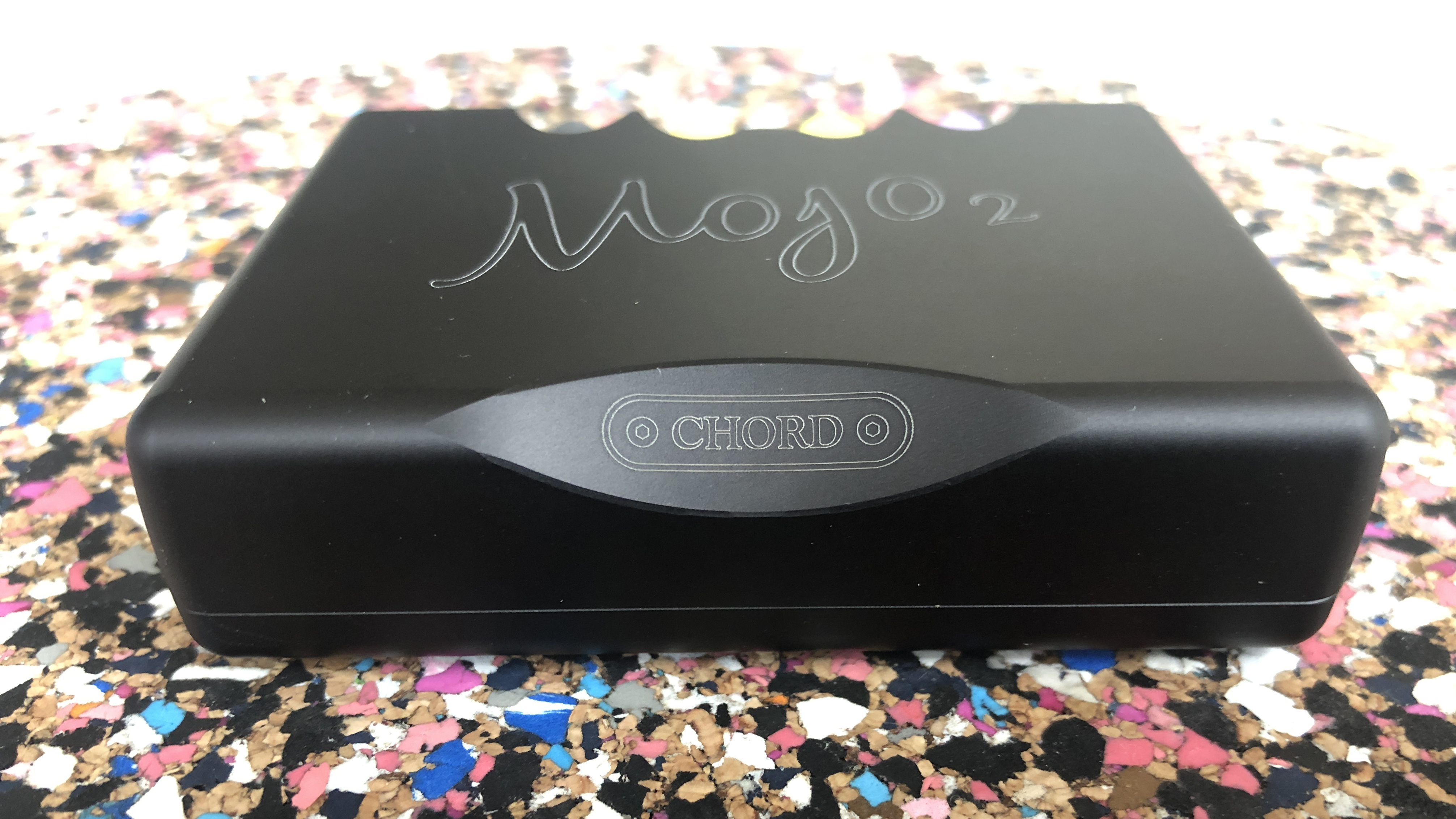
At the other end of the anodized aluminum casework there are a couple of 3.5mm headphone outputs. They can both be used at the same time, which is a nice, borderline-romantic, touch. And on the top of the chassis are four of the ‘control spheres’ Chord loves to fit to its equipment. These cover ‘power on / off’, ‘menu’, ‘plus’ and ‘minus’.
The same process of evolution, rather than revolution, has been carried on inside Mojo 2. Its battery management is improved, so it now charges more quickly, without giving off quite as much heat, and battery capacity is up by nearly 10 percent. You should be able to use the Chord for eight hours before it’ll need recharging - and it can be used while connected to power with no drop-off in performance.
Chord has also incorporated some fiercely complicated digital signal processing which, it asserts, allows significant tone adjustment throughout the frequency range - again, without affecting audio performance. It’s also compatible with the company’s ‘Poly’ streaming module, which adds a whole new aspect of performance - at an additional cost, naturally, and at further damage to the product’s ‘portable’ credentials.
As a standalone headphone amp and DAC, though, Mojo 2 is undeniably thoroughly specified. It can cope with digital audio standard, from the meanest Spotify free-tier file to full-on DSD, it can drive pretty much any pair of headphones you care to try, and it will prioritize incoming signals even when all four of its digital inputs are occupied.
Onto those ‘control spheres’. As is the Chord way, they’re polycarbonate and are all capable of illuminating in a wide range of colours. The ‘power on / off’ control, for example, will glow in one of 11 different colors, depending on the sample rate of the file Mojo 2 is dealing with. But that’s just where the excitement begins…
The ‘menu’ sphere cycles through four different ‘tone control’ settings, as well as selecting ‘high’ or ‘low’ as a volume range. In order to understand what exactly you’ve asked for (or, at least, are getting), you’ll need to memorize the meaning of eight different colors. And then the ‘plus’ and ‘minus’ spheres enjoy a total of 19 different combinations of color in order to tell you what’s going on with the ‘menu’ function you’ve asked for.
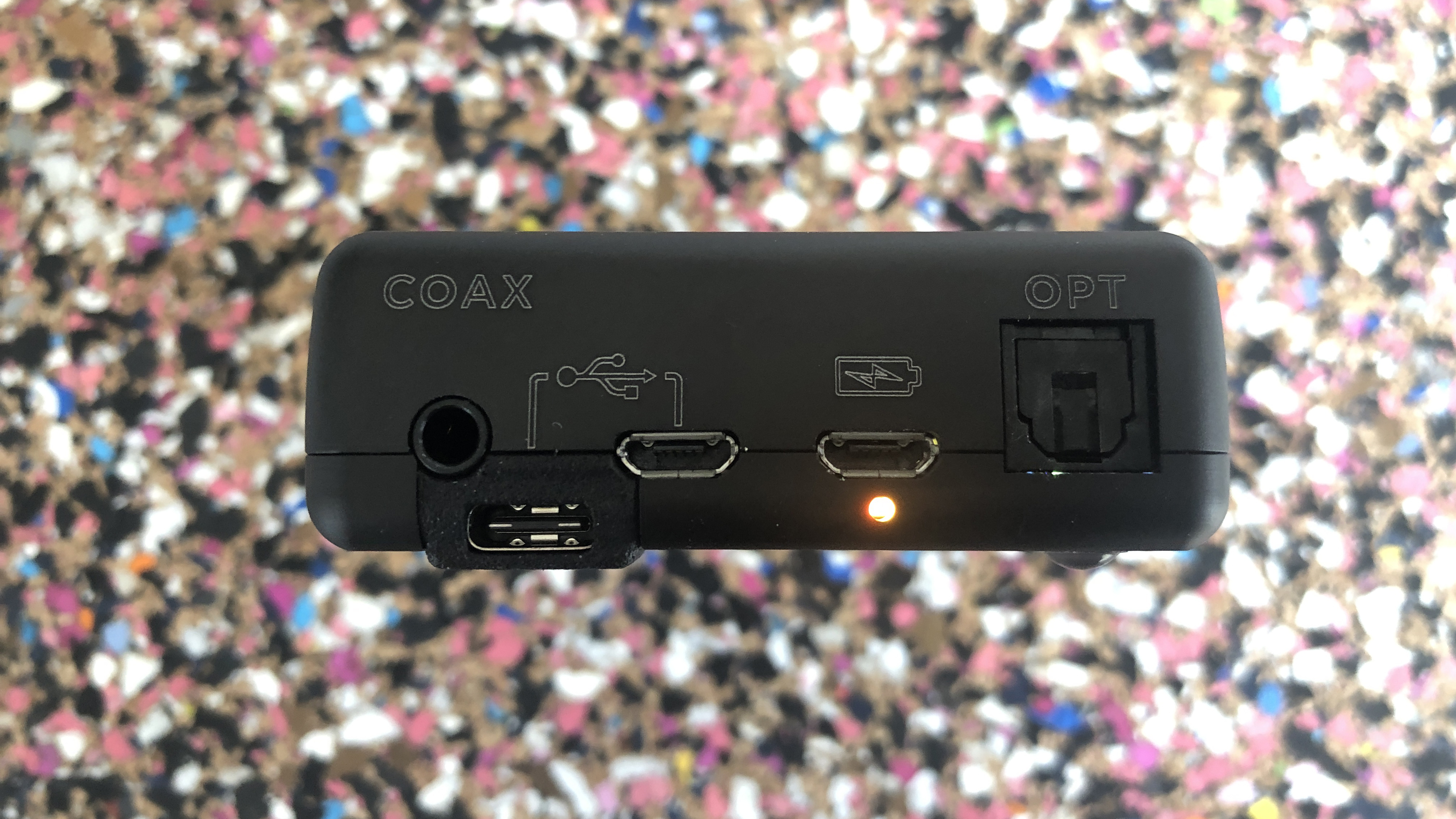
Audio performance
- Rapid, informative and engaging sound
- Beautifully even, convincing tonality
- Organized and detailed without being overly analytical
At this point we ditch all our grumbling about the user interface and stop speculating about whether Mojo 2 is an authentically ‘mobile’ device. Here’s where we rhapsodize in the most straightforward terms about just what an accomplished DAC / headphone amp this is.
Hooked to an Apple MacBook Pro via USB-C at one end and to a pair of Sennheiser IE900 in-ear monitors at the other, the Chord transforms the pig’s ear that is the unassisted sound of the laptop into a silk purse of audio fidelity. The transformation in your listening experience is profound, and it’s enough to keep you at your desk long after the working day has ended.
Once through a Tidal Masters file of St Vincent’s I Prefer Your Love allows the Mojo 2 to explain itself in full. This is a DAC/headphone that has tremendous powers of analysis - no transient is too minor or too fleeting to escape its attention, no detail too fine to evade it. But it’s not dry or pointlessly meticulous - instead it’s an utterly musical, thoroughly engaging and endlessly entertaining listen.
It allows the entire frequency range to share a common (and convincing) tonality, it organizes a soundstage so explicitly the listener might almost be able to sketch it, and it gives the sort of instinctively faithful expression to rhythms and tempos that could make a dancefloor dominator out of the most bashful of listeners.
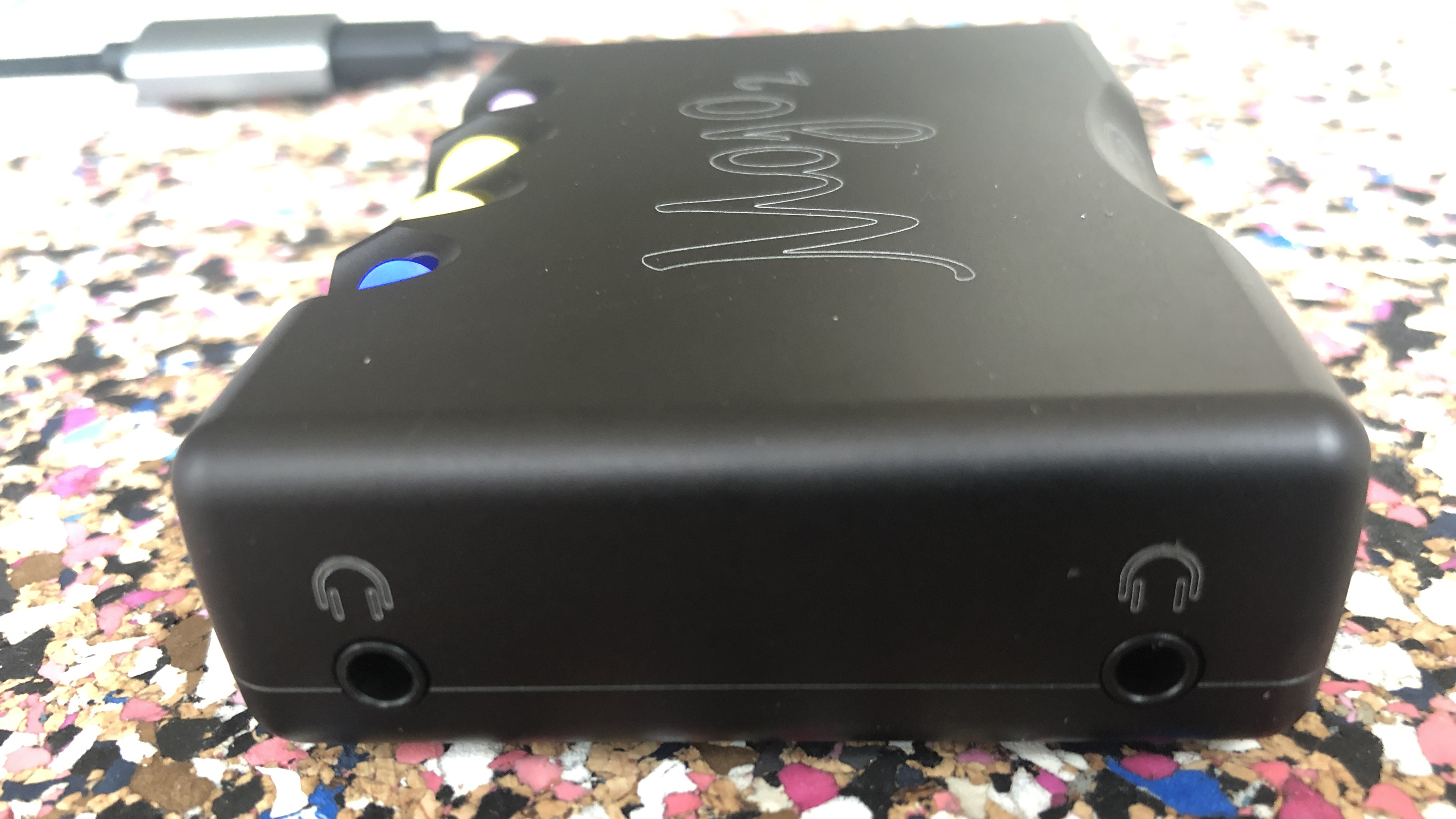
Bass is bold, straight-edged and loaded with detail both broad and fine. The midrange is explicit in its powers of communication. The top of the frequency range has bite and shine, but is controlled well enough to avoid any hardness - even at volume. Integration of these elements is as smooth as a pebble on the beach. And there’s the sort of vaulting dynamic potency on display that puts enormous distance between ‘whisper’ and ‘scream’.
Getting at the new ‘tone’ controls might be a horribly convoluted process, but there is mild reward in persevering. The Mojo 2 will expose the fundamental sound of your headphones, and if it turns out to be not quite perfect for your purposes then adjustments are available. It’s hard to know how they could be less accessible, mind you.
In all honesty we’d have been surprised if Mojo 2 had turned out to be a poor product. But even though Chord has had seven years to fuss over the way the original (and still excellent) Mojo performed, the gains in performance the Mojo 2 demonstrates - especially where stuff like soundstaging, and the control of attack and decay are concerned - are quite startling. We’ve put a tentative note in our 2029 calendar, ready for Mojo 3.
Should I buy the Chord Mojo 2?
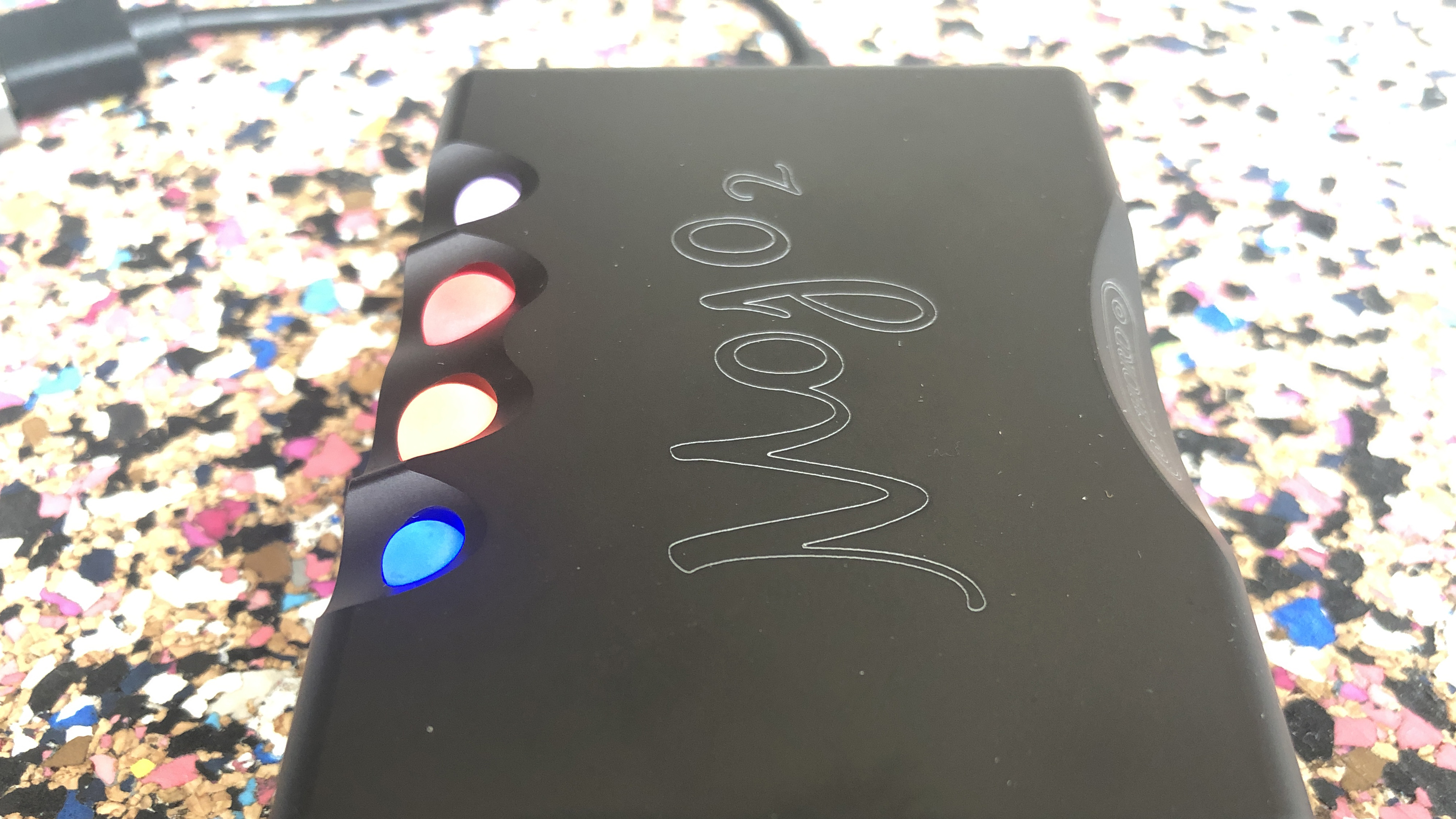
Buy it if...
You want to maximise your desktop audio experience
The difference Mojo 2 can make to the sound of your laptop has to be heard to be believed.
You believe sharing is caring
The Chord will drive two pairs of headphones at once.
You enjoy a retro touch or two
Persevering with microUSB connectivity is a bit wilful, Chord.
Don't buy it if...
You’re colorblind
The Mojo 2 interface relies on differentiation of some very similar colors.
You primarily want it for mobile use
It’s small and light - but it ain’t that small and light.
- Read our guide to the best wireless headphones you can buy today
Simon Lucas is a senior editorial professional with deep experience of print/digital publishing and the consumer electronics landscape. Based in Brighton, Simon worked at TechRadar's sister site What HiFi? for a number of years, as both a features editor and a digital editor, before embarking on a career in freelance consultancy, content creation, and journalism for some of the biggest brands and publications in the world.
With enormous expertise in all things home entertainment, Simon reviews everything from turntables to soundbars for TechRadar, and also likes to dip his toes into longform features and buying guides. His bylines include GQ, The Guardian, Hi-Fi+, Metro, The Observer, Pocket Lint, Shortlist, Stuff T3, Tom's Guide, Trusted Reviews, and more.

